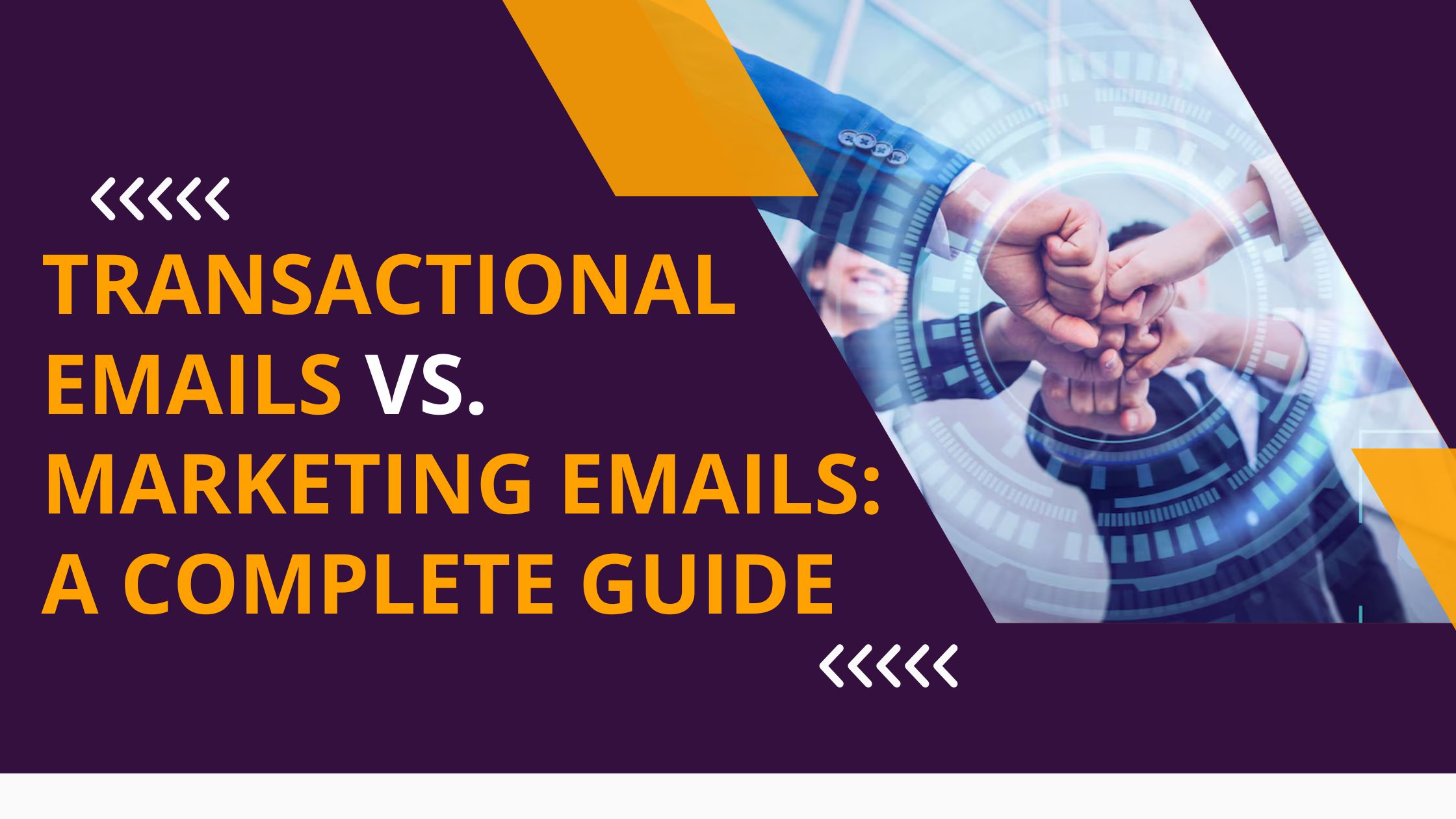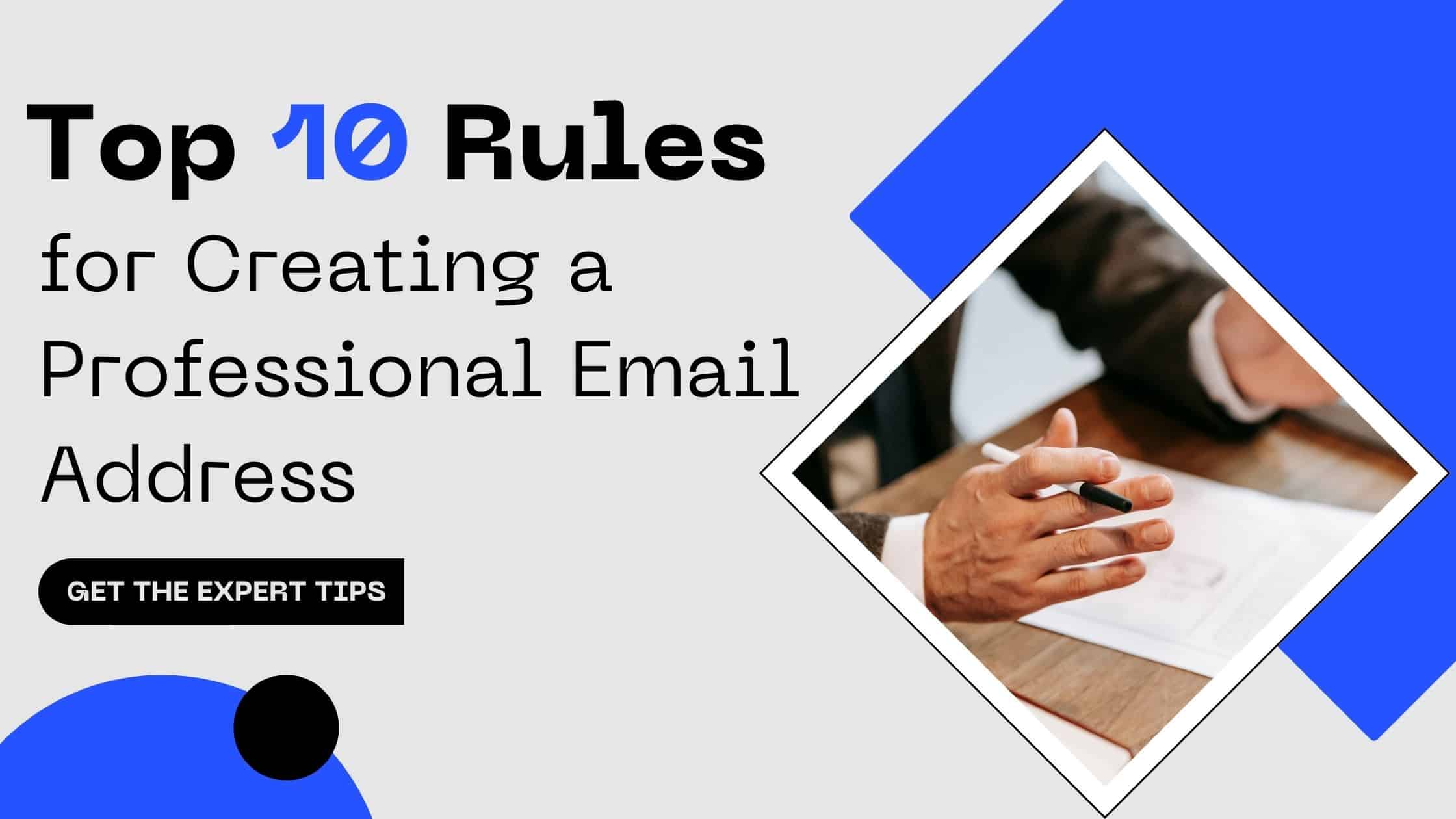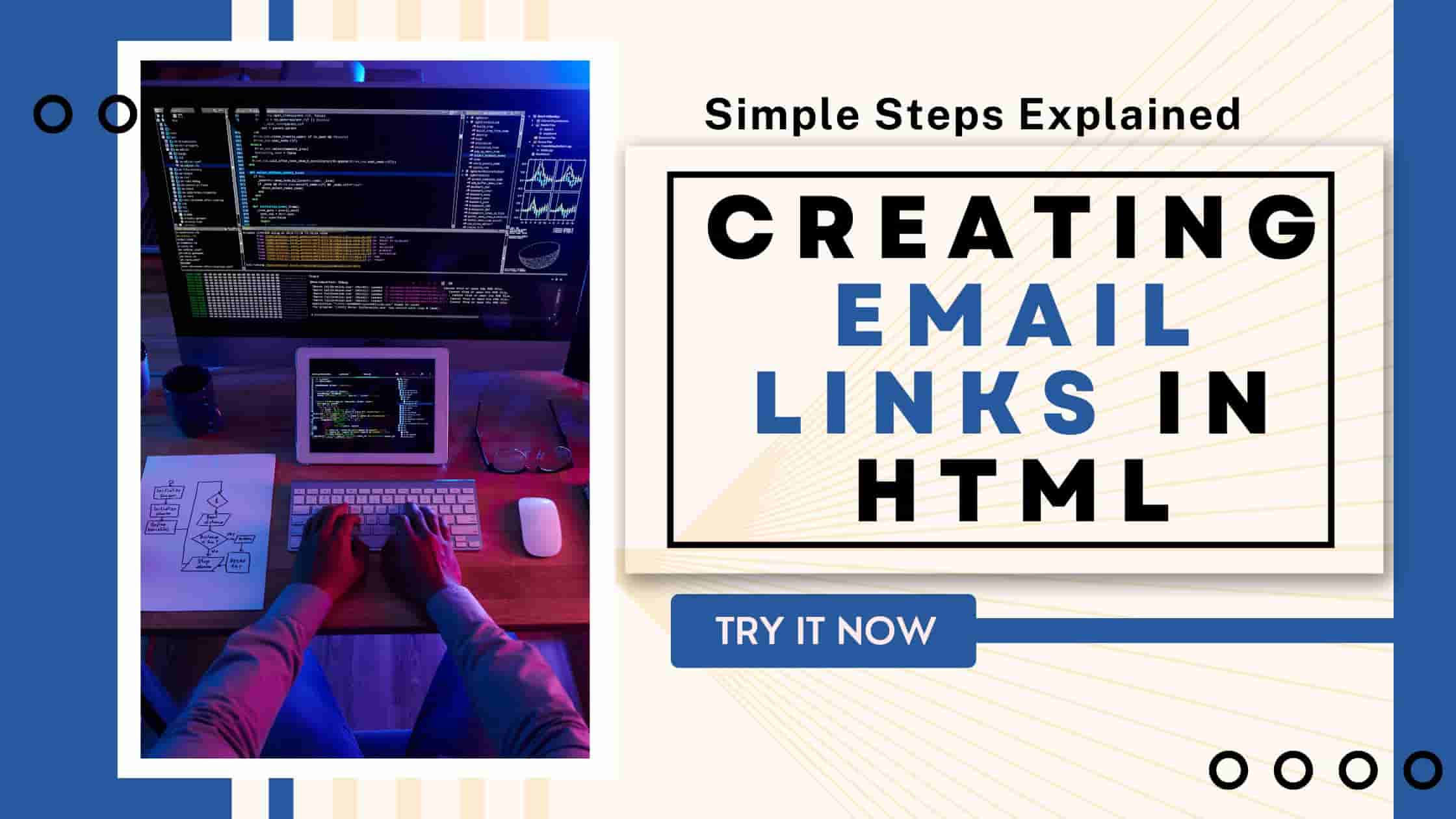Email marketing is undoubtedly one of the most effective forms of business communication, especially in this ever-evolving digital landscape. However, to achieve different goals, businesses need to send different types of emails.
Two of the most crucial email categories are transactional and marketing emails. Both forms of emails are sent to achieve different goals. Sometimes, people are confused between transactional and marketing emails, and that directly affects their email marketing performance.
In this blog, we will see the difference between transactional and marketing emails to help businesses create more effective marketing strategies.
What Are Transactional Emails?
Transactional emails are automated emails that are sent based on specific user actions, such as making a purchase or requesting a password reset. Unlike marketing emails that are purely promotional, transactional emails are triggered for a functional purpose.
Transactional emails ensure a seamless customer experience by providing them with timely confirmations based on their actions.
Examples of Transactional Emails
Order Confirmations
Order confirmations are sent when a customer makes a purchase. Such emails contain order summary, billing information, and estimated date of delivery.
Shipping Notifications
When an order is shipped, businesses send shipping notifications to the customers along with the links to track their products along with expected delivery times.
Password Reset Emails
When a user forgets his/her login password or wants to change periodically, password reset emails are sent with a link when triggered by the user.
Account Registration Emails
Account registration emails are sent to new users who want to create a new account. Such transactional emails may also contain a welcome message along with the steps that need to be followed.
Subscription Confirmations
When a user signs up for newsletter or a membership, subscription confirmation emails are sent to tell users that their subscription is confirmed or renewed.
Billing Notifications
Billing notifications are sent to inform users about their upcoming payments, successful transactions, or failed payment notifications.
Appointment Reminders
Appointment reminders are sent by service providers to remind customers of upcoming bookings or scheduled meetings.
Best Practices for Transactional Emails
To maintain the effectiveness of transactional emails, businesses must follow these practices:
Keep It Clear and Concise
Make sure to make these emails straightforward while directly addressing to the user’s action.
Use a Recognizable Sender Name
The sender’s name must be recognizable to build trust and prevent emails from being ignored or marked as spam.
Mobile Optimization is a Must
Most users operate from mobile devices, hence, transactional emails should be mobile-friendly.
Include Brand Elements
While the email is functional, incorporating your logo and brand colors can enhance brand recognition.
Avoid Promotional Content
Transactional emails should focus on necessary information rather than pushing sales.
Provide Contact Information
Allow customers to reach out for support if they have questions.
Ensure Timely Delivery
Since transactional emails are expected, delays can cause frustration and impact the customer experience.
What Are Marketing Emails?
Unlike transactional emails that are sent based on specific user actions, marketing emails focus on promoting the products, services, and events of a business to a target audience.
The goal of these emails is to get engagement, build brand authority, nurture leads, and drive conversions. To send marketing emails without being marked as spam, businesses need consent of the recipients, which is taken generally through opt-in forms.
Examples of Marketing Emails
Promotional Emails
These emails are sent to announce special offers, discounts, sales, and new product launches to encourage purchases and increase sales.
Newsletter Emails
Newsletter emails are only sent to people who have opted to receive such emails. Through these messages, businesses send industry news, company updates, and other valuable content.
Event Invitations
The emails sent to invite subscribers to webinars, workshops, or in-person events are also categorized under marketing emails.
Re-engagement Emails
Such emails focus on targeting inactive subscribers with exclusive offers or updates to bring them back into the marketing funnel and drive conversions.
Abandoned Cart Emails
When a user adds a product to his/her cart and leaves it without completing the transaction, abandoned cart emails are sent to remind him/her while encouraging to make the purchase.
Customer Feedback Emails
Such emails are sent to customers to get their feedback about the quality of the product or service purchased while encouraging them to leave a review or rate the product.
This enhances the credibility of the brand along with that of a particular product or service and improves customer experience. It is also important to improve the products/services of a business based on the feedback received.
Best Practices for Marketing Emails
Marketing emails require a different approach to maximize engagement and conversions. Here are some best practices:
Write Compelling Subject Lines
The subject line plays a vital role in deciding whether the recipient will open the email.
Personalize Content
Use the recipient’s name and tailor the message based on the user’s preference or depending on past interactions.
Segment Your Audience
Sending relevant emails based on user behavior improves engagement rates.
Use a Clear Call-to-Action (CTA)
Encourage recipients to a specific action as mentioned in the CTA, such as making a purchase or signing up for an event.
Optimize for Mobile Devices
Ensure emails are visually appealing and easy to read on all screen sizes.
Test and Analyze Performance
Use A/B testing to determine what works best and track metrics like open rates and click-through rates.
Stay Compliant with Regulations
Follow anti-spam laws and provide an easy opt-out option for subscribers.
What is the Difference between Transactional and Marketing Emails?
Both types of emails play a specific role in enhancing user experience while serving different purposes. Here are the key differences between these two email approaches:
| Feature | Transactional Emails | Marketing Emails |
| Purpose | Sent based on the user action to provide specific information | Sent to promote products or services |
| Audience | Sent when triggered by users | Sent to a wide audience with marketing consent |
| Legal Compliance | Usually doesn’t need any legal compliance | Need to comply with strict anti-spam laws like CAN-SPAM, GDPR |
| Personalization | Highly personalized based on user activity | Personalized based on the audience segment and demographics |
| Opt-in Requirement | Generally not needed | Requires opt-in consent |
| Engagement Goal | Focuses on providing essential information | Aims to generate leads, drive conversions, and build brand awareness |
The Importance of Using Both Email Types
A successful email strategy should incorporate both transactional and marketing emails. Transactional emails ensure seamless user experiences and build trust, while marketing emails drive engagement and revenue. When used together, they create a holistic customer communication strategy that fosters loyalty and enhances the overall user journey.
For example, a customer who receives a well-crafted order confirmation email may be more likely to open a future promotional email offering a discount on their next purchase.
Similarly, an abandoned cart email (a marketing email) can be followed up with a transactional order confirmation if the user completes the purchase.
Conclusion
Understanding the differences between transactional and marketing emails is essential for businesses looking to optimize their email communication strategy. While transactional emails focus on delivering necessary information based on user actions, marketing emails are geared toward engaging and converting customers.
By implementing best practices for both email types, businesses can improve customer satisfaction, enhance brand credibility,Encourage recipients to take the desired action, such as making a purchase or signing up for an event. and drive long-term success.
Whether you’re an e-commerce store, a SaaS company, or a service provider, leveraging the power of both transactional and marketing emails can help you create meaningful connections with your audience and maximize your email marketing ROI.





